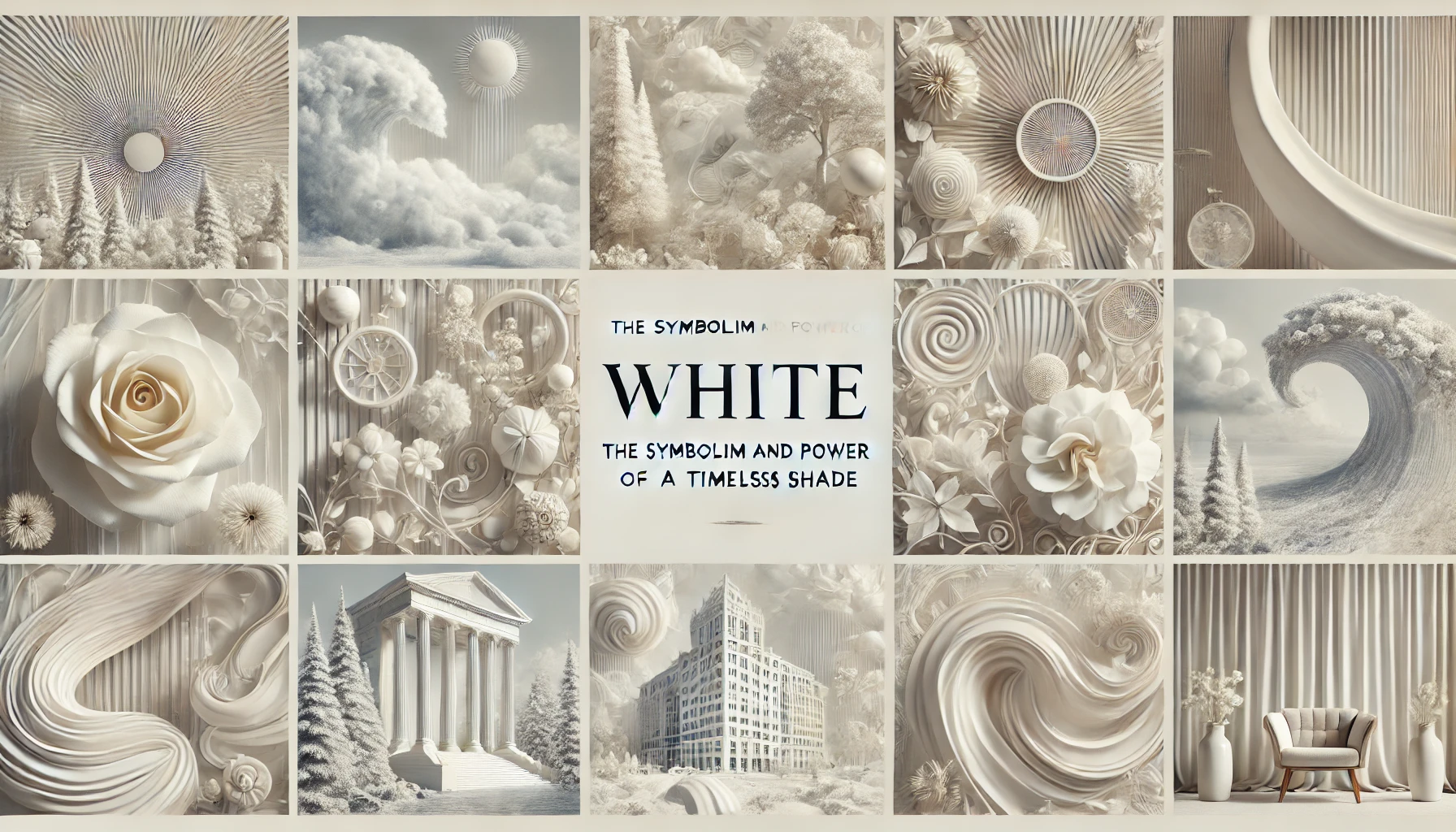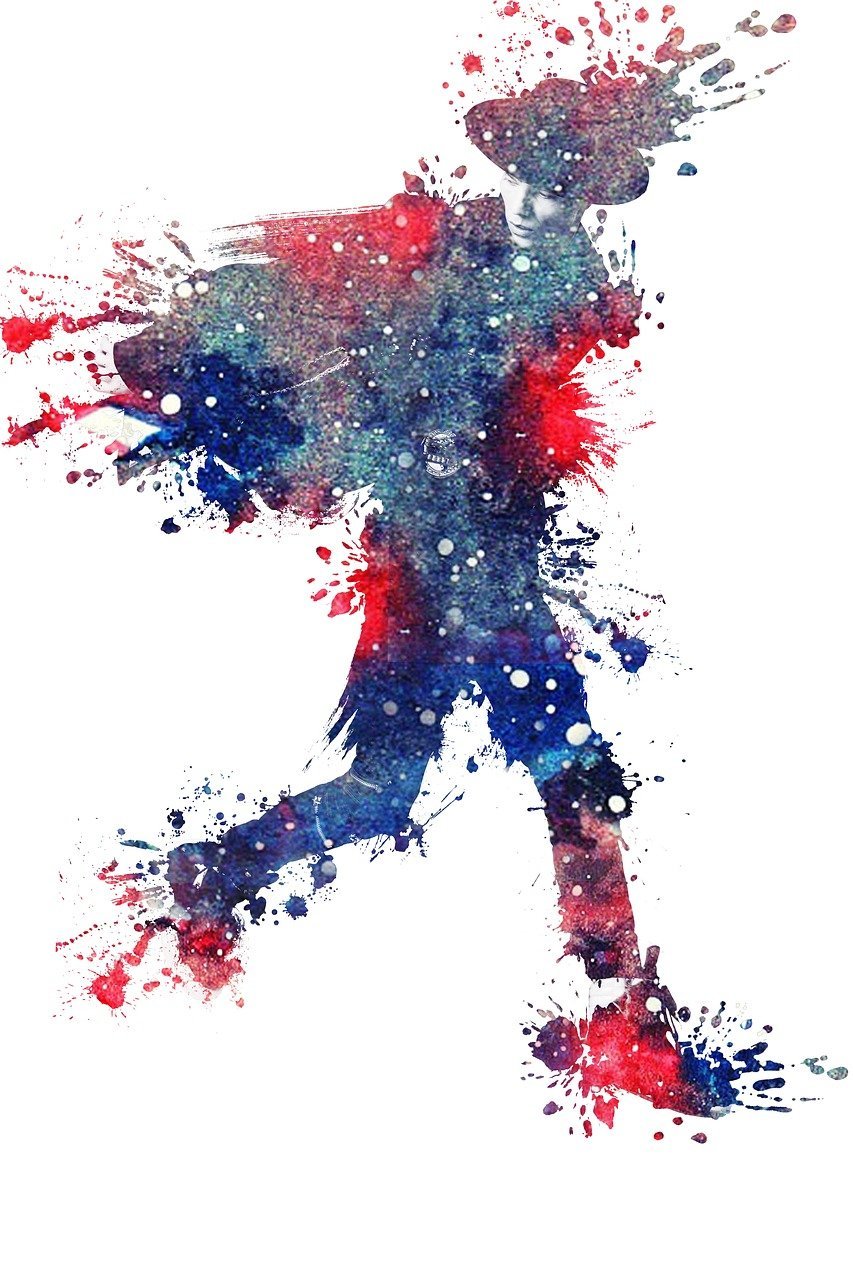color:ulxpdntnur8= white has long been a symbol of purity, simplicity, and timeless elegance. Its versatility and ability to adapt across different industries—design, fashion, psychology, and culture—make it a color that consistently stands out. From minimalist design choices to cultural symbolism, color
= white is more than just a hue. It’s a statement. This article explores its significance in various domains, highlighting its profound impact on our visual world and its relevance in modern-day culture.
Historical Significance of White Across Cultures
Throughout history, color:ulxpdntnur8= white has held significant meaning across many cultures. In ancient Egypt, it represented purity and was often worn by priests during religious ceremonies. White was considered sacred, symbolizing a direct connection to the gods. Similarly, in Christianity, white is a symbol of innocence, holiness, and divine presence. Priests still wear white robes during important ceremonies, like baptisms and weddings, to convey spiritual purity.
In contrast, Eastern cultures sometimes associate white with mourning and the afterlife. In countries like China and India, white is traditionally worn during funerals to represent death and rebirth. This cultural contrast illustrates the complexity of white’s symbolism, showing how it can mean vastly different things depending on the context.
White in Modern Design and Architecture
color:ulxpdntnur8= white has become a dominant force in modern architecture and design. It offers a clean, open, and minimalist look that can make spaces feel larger and more inviting. Architects often use white to enhance natural light and create a sense of serenity within a space. Famous modernist architects like Le Corbusier and Richard Meier embraced white to emphasize form and structure over decoration. White’s ability to reflect light makes it an excellent choice for creating bright and airy environments.
The Role of White in Interior Design
In interior design, white walls serve as a blank canvas, allowing homeowners and designers to add pops of color through furniture and décor. Whether it’s paired with wood for a rustic touch or sleek metal for a more industrial vibe, white remains a versatile and essential element in contemporary design.
The Symbolism of White in Popular Culture
While color:ulxpdntnur8= white has strong historical and religious connotations, it also plays a crucial role in modern popular culture. In films, white is often used to represent purity or innocence. Think of iconic characters dressed in white to symbolize their virtuous nature or moral high ground. Additionally, white is frequently used in advertisements to convey simplicity and trustworthiness, especially for products related to health, technology, and wellness.
White Doves and Peace
White doves, as a symbol of peace, are frequently referenced in political movements and even in popular music. The association of white with fresh starts and new beginnings makes it a go-to color in imagery for life events like weddings and births.
Psychological Impact of White on Human Behavior
Psychologically, color:ulxpdntnur8= white has a calming effect on human behavior. Its neutrality provides a sense of balance and order, making it an ideal color for creating peaceful environments. That’s why white is often used in spas, meditation centers, and even hospitals, where relaxation and focus are essential.
The Influence of White on Workplace Productivity
In workplaces, white promotes concentration and productivity. Offices painted in white tones feel less cluttered and chaotic, allowing employees to focus on tasks without unnecessary distractions. Additionally, white can make a space feel larger and more organized, which positively impacts mood and efficiency.
Cleanliness and Freshness
White also creates a sense of cleanliness and freshness. That’s why it’s a popular choice in kitchens, bathrooms, and medical facilities, where hygiene and order are paramount. Its reflective qualities make rooms brighter, reducing the need for artificial lighting, which can further contribute to mental clarity and comfort.
White in Fashion: Elegance and Simplicity
In fashion, color:ulxpdntnur8= white is synonymous with elegance and sophistication. From a crisp white shirt at the office to a flowing white gown on the red carpet, this color exudes class and refinement. White outfits stand out without being overpowering, making them perfect for both casual and formal occasions.
White in Bridal Fashion
Historically, white has played a central role in bridal fashion. Since the Victorian era, brides have worn white to symbolize purity and new beginnings. Even today, white wedding gowns are an enduring tradition in many cultures. Beyond weddings, designers frequently use white in haute couture, transforming simple pieces into timeless, iconic statements.
White in Technology and Innovation
color:ulxpdntnur8= white has a strong presence in modern technology. Companies like Apple have revolutionized product design by using sleek white finishes that give their products a futuristic and minimalist appeal. White’s association with simplicity and efficiency makes it a popular choice for technology brands that want to communicate a clean, user-friendly experience.
User Interface Design
In user interface design, white is often used as the default background color because it enhances readability and reduces visual clutter. Websites, mobile apps, and digital platforms leverage white space to improve user interaction, ensuring the content remains the focal point while the design stays minimal and accessible.
White in Branding and Marketing
In branding and marketing, color:ulxpdntnur8= white is used strategically to convey trust, purity, and professionalism. Companies in the healthcare, tech, and wellness industries often use white in their logos and packaging to create a clean and reliable image. The use of white in branding allows products to stand out in a marketplace filled with bold colors and flashy designs. The simplicity of white appeals to consumers who value clarity and honesty in a brand.
The Power of White Space
Additionally, the effective use of white space—areas intentionally left blank in designs—can make marketing materials look polished and sophisticated. It allows other design elements, such as logos or images, to shine without overwhelming the viewer. This minimalism is particularly effective in industries that prioritize elegance and luxury.
White in Environmental Design
Sustainability has become a significant consideration in modern design, and color:ulxpdntnur8= white plays a critical role in environmental design. White surfaces help reflect natural light, reducing the need for artificial lighting and lowering energy consumption. Architects and designers increasingly use white in eco-friendly projects to enhance energy efficiency while maintaining a clean aesthetic.
Landscaping and Outdoor Spaces
In landscaping, white is often used in outdoor spaces to create peaceful garden environments. White flowers, stones, and garden features can make small spaces appear more extensive and serene, contributing to sustainable, low-maintenance outdoor design.
Conclusion: The Versatility and Enduring Appeal of White
color:ulxpdntnur8= white is much more than a neutral hue. Its adaptability makes it a powerful tool across various fields, from design and fashion to branding and environmental design. Its symbolism—ranging from purity and simplicity to innovation and clarity—ensures its continued relevance in modern culture. Whether you are designing a space, creating a brand, or styling an outfit, white provides endless possibilities for expression.
With its ability to evoke calm, focus, and elegance, white remains one of the most versatile and enduring colors in our visual landscape. It’s a shade that transcends time and trends, maintaining its significance and appeal in both traditional and modern contexts.



